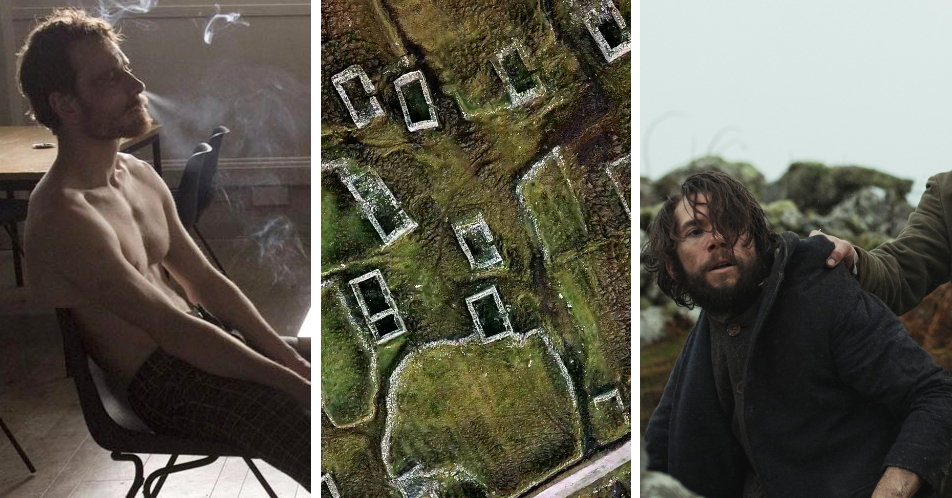
Most of us well-fed, often overweight westerners of the high-income MED countries, when we say we are hungry probably mean we have a bit of an appetite or a yearning for our next meal, for something tasty to eat, even when we do not actually need food. Real hunger is something else.
The film Hunger, featuring the Irish-German Michael Fassbender and directed by Steve McQueen in 2008, is a dramatically telling account of how Bobby Sands, the first of ten prisoners held as the saying goes “at her Majesty’s pleasure”, died of hunger during the premiership of the late Dame Margaret Thatcher.
Fassbender’s choice to actually fast and Bobby Sand’s decision to recur to that age-old life-threatening Celtic tradition of hunger-striking as a conscience-shaking form of protest, were both voluntary, unlike the fasting and hunger imposed upon millions of the Irish between 1845 and 1849.
McQueen’s film, which is not for the faint-hearted, traces the tragic fate of one man and his fatal decision. If we imagine Sands-Fassbender multiplied by millions of men, women and children, we may glean a pale notion of what the famine may have been like. However, the cinema can help us wake up to the reality and conjure up some notion, however pale, of the tragedy which traumatically altered the course of Irish history.
Like a city destroyed by the tremors of the earth, Ireland, after the Great Hunger which corrupted the staple diet of millions, was never the same again. Its geography, social tissue, economy and culture “changed utterly “, to borrow the words of W.B.Yeats.
The Irish Famine of the mid nineteenth century is generally known to Irish schoolchildren as “An t-Ocras Mór”, The Great Hunger, which is also the title given to one of the best researched books on the history of the Irish famine published by Mrs Cecil Woodham-Smith, née Fitzgerald, in 1962.
The hunger leading to the deaths of over one million Irish people and the migration of as many more, unlike Fassbender and Sands, was not the outcome of any voluntary, even culpable, act on the part of the people, although several commentators of the times, like Sir Charles Trevelyan, believed that the “indolent Irish” had brought the disaster down on their own heads: “The real evil with which we have to contend is not the physical evil of the Famine but the moral evil of the selfish, perverse and turbulent character of the people”.
The true cause was the economic and political system of the time combined with the fortuitous arrival from across the Atlantic of the potato-corrupting phytophthora infestans, popularly known as “the potato blight” which affected many parts of Europe at the time, but without the devastating effects it had on Ireland.
Two of the three films presented online by the IRISH FILM FESTA Silver Stream this year are about the tragedy of “Na Prátaí Dubha” , the black potatoes. One is a classical documentary called The Hunger: The Story of the Irish Famine, where various scholars, supported by documentary evidence discuss the issues from a historical, political and cultural point of view. It is informative and should help those who wish to know some of the troubling facts behind “An Ocras Mór”, to obtain a clearer picture. What wounds most is the fact that while large sectors of Ireland’s population was dying literally of hunger and of the diseases malnutrition helped to spread, the country was supply the sister isle with food every day during the entire period of the famine.
The second film Arracht (Monster), is an art film in the Irish language, made on a shoestring budget, which describes the monstrosity of famine. Hunger is monstrous. It weakens and devours not only the body and the soul too while gnawing fatally at the weave of social relations, and not only those between the haves and the have-nots, but also between the have-nots themselves. The devastation is lethal; there is no turning back. The monstrous blight rots not only the tubers which large sectors of the island survive on, but it putrefies interpersonal relations leading to monstrous manifestations of violence of all kinds. Despite the horror of the situation, some people manage to be saved and heal some of the wounds created by the monster.
— Kay McCarthy
Musician and teller of the story of Ireland
